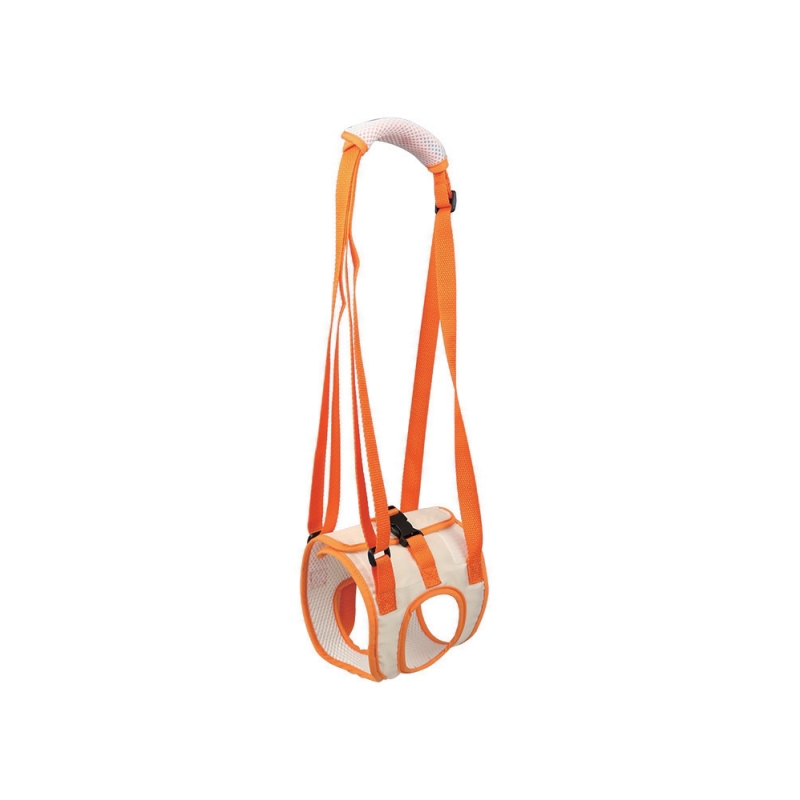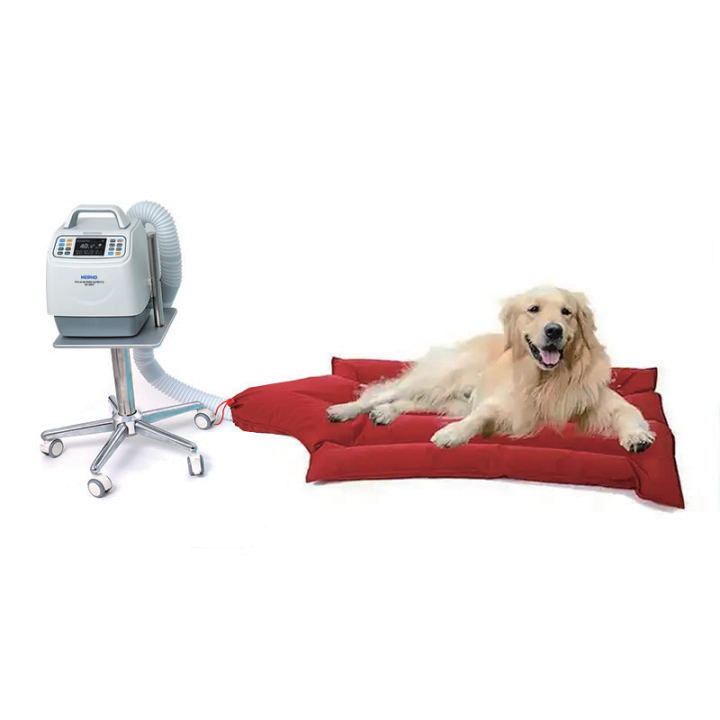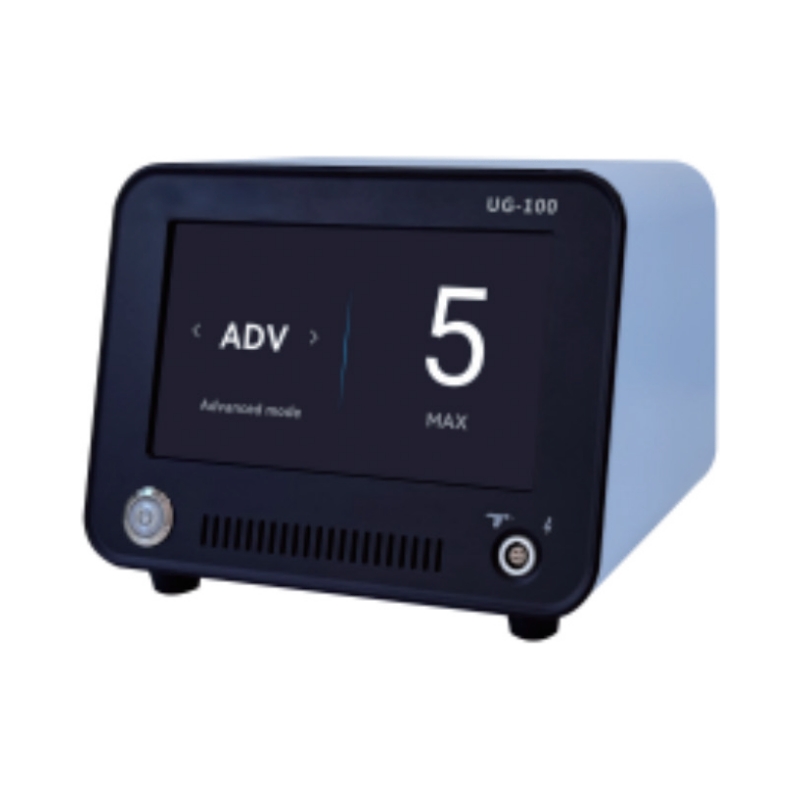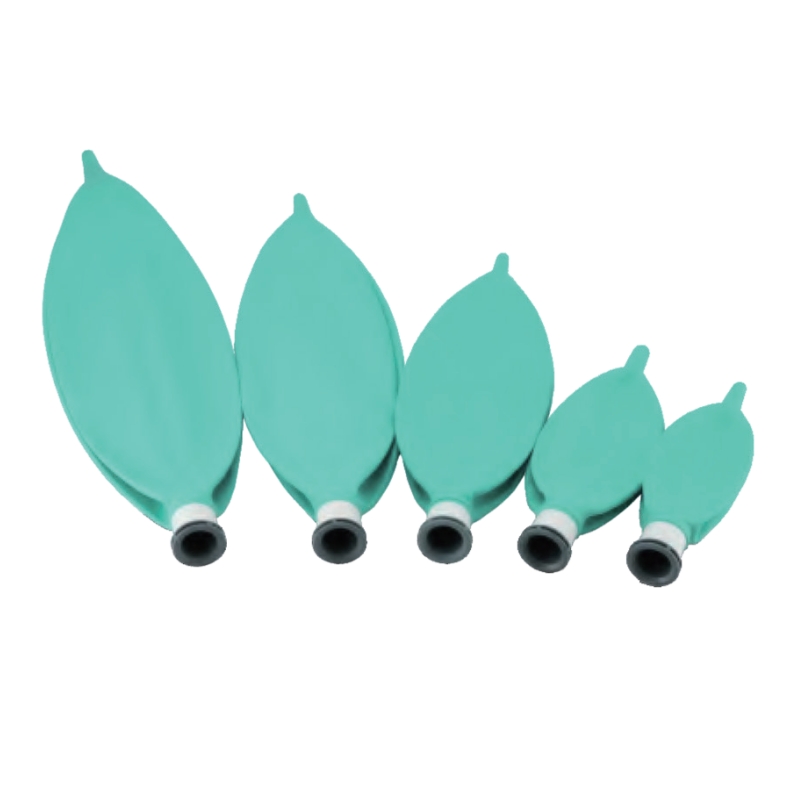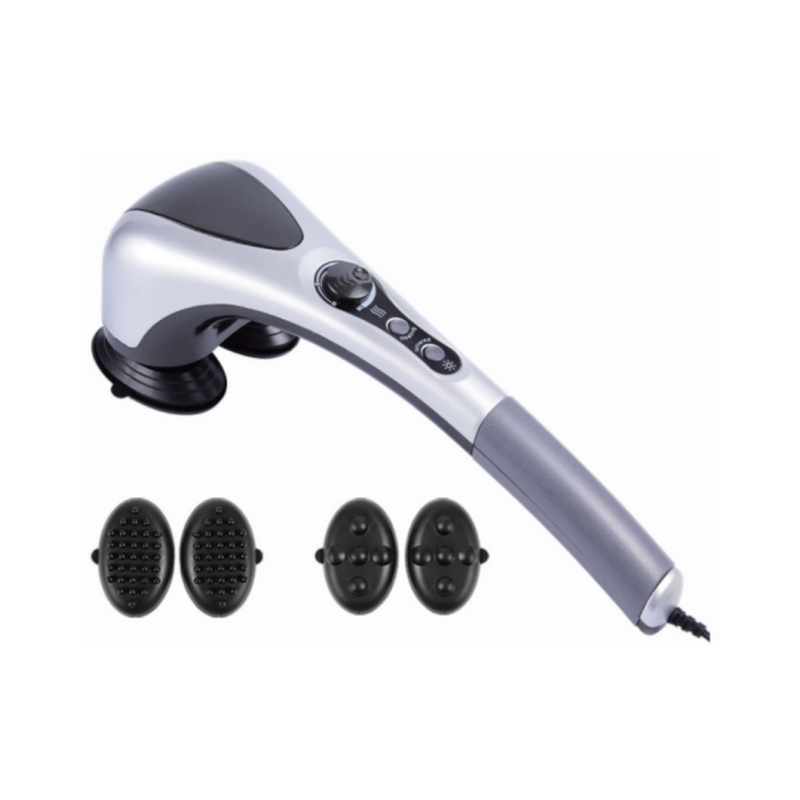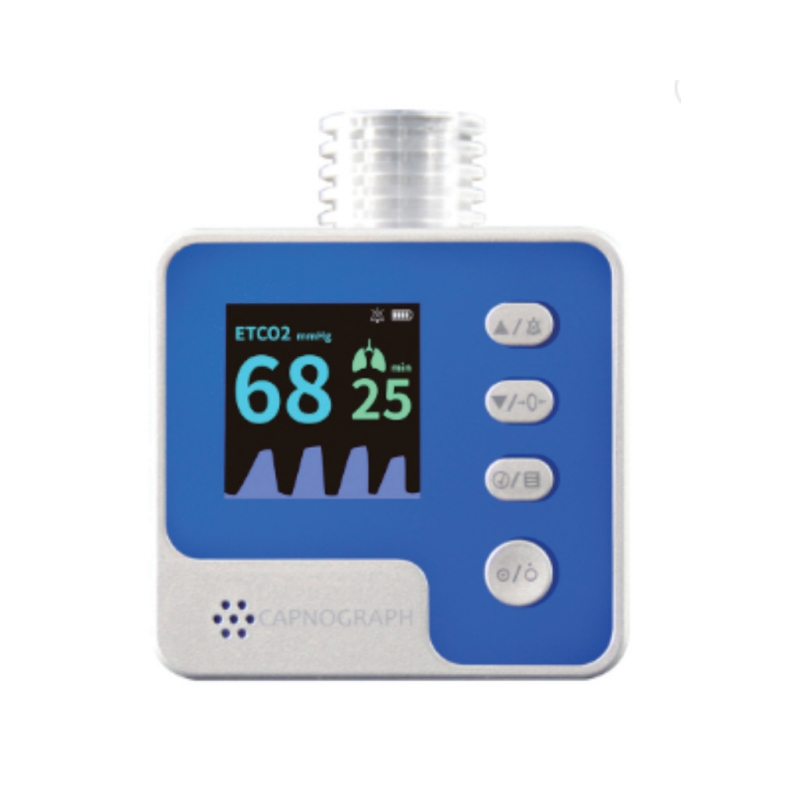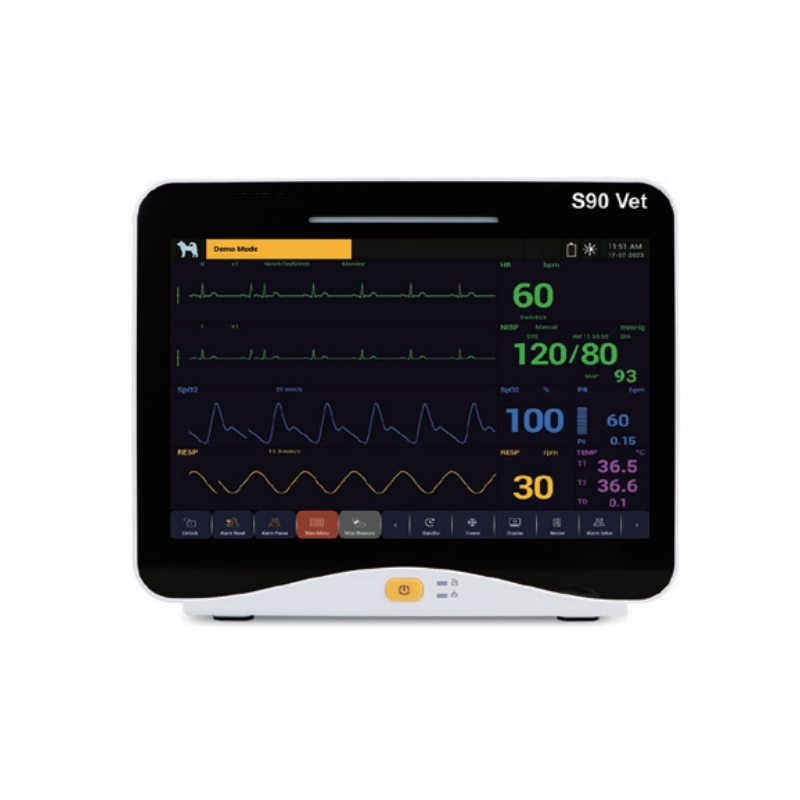What is Obstructive Sleep Apnea
What is Obstructive Sleep Apnea
Obstructive sleep apnea syndrome (OSAS) is a syndrome characterized by snoring, insomnia, and distraction. It is a disease that occurs when the air flow is reduced as a result of obstruction of the upper respiratory tract. It is also known as obstructive sleep apnea. Stopping breathing during sleep prevents the person from having a comfortable and regular sleep process. The person whose sleep quality has decreased feels tired all day long and wants to sleep all the time. This situation can affect the daily life of the person and cause many problems from failure in business life to traffic accidents due to distraction.
In addition to such problems, respiratory arrest during sleep reduces the oxygen concentration in the blood and invites many diseases such as cardiovascular diseases. Snoring during sleep is the first and most common symptom of obstructive sleep apnea.
What Are the Symptoms of Obstructive Sleep Apnea?
Snoring
Breath arrest during sleep
Feeling tired and sleepy in daily life
Distractibility
Headache
What is OSAS Treatment?
For the treatment of obstructive sleep apnea, an accurate diagnosis is needed first. After the specialist examination, the doctor may refer him to the sleep laboratory for a sleep test, if necessary. After the sleep test, a treatment method is determined by looking at the details such as the severity of the discomfort and the daily life of the patient. Commonly used obstructive sleep apnea treatments include; oral devices, surgical operations, and CPAP therapy.
Who Gets Obstructive Sleep Apnea Most?
OSAS is more common in middle-aged and overweight people. It is 3 times more common in people with obesity compared to thin people. OSAS incidence is higher in women after menopause. When we pay attention to the structural features, people with a thick and short neck or lower jaw are more likely to have sleep apnea. Adenoids and tonsils are the most known causes of OSAS in children.
OSAS is more likely to occur in people with harmful habits such as alcohol and cigarettes other than structural features. It has been observed that such habits increase the discomfort of patients with obstructive sleep apnea more.
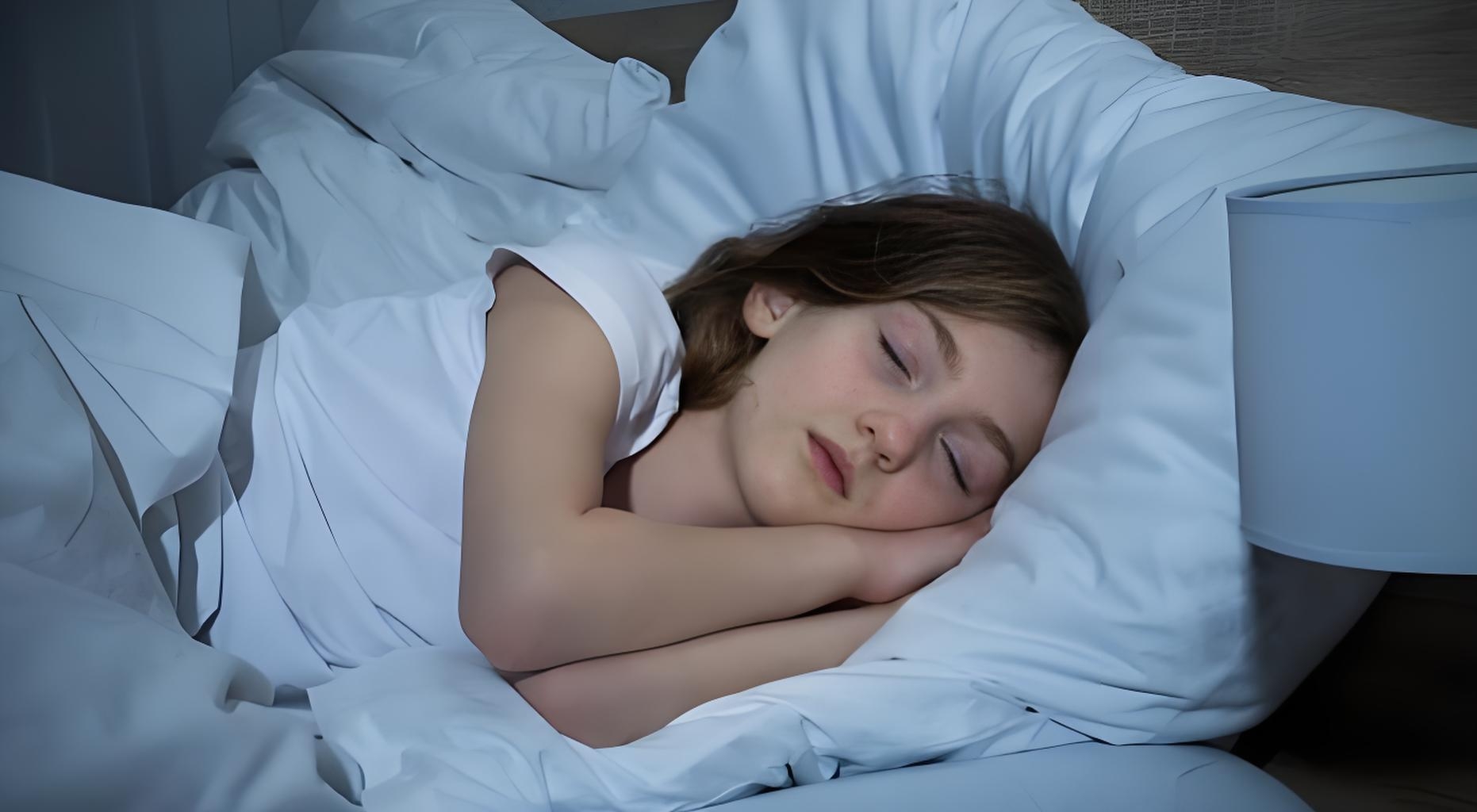

 English
English Spanish
Spanish Turkish
Turkish
